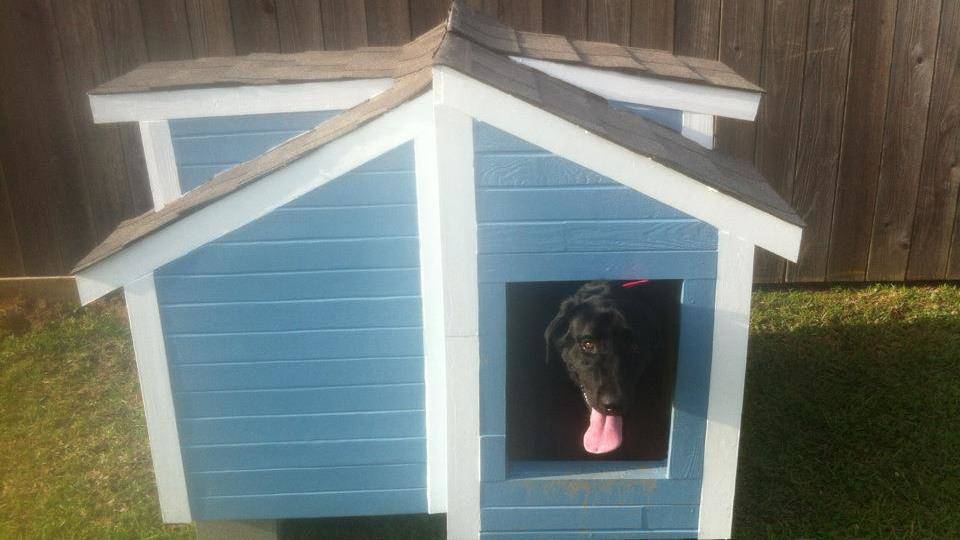Adding solar panels to a model home; how much do they really help?
Fundraising campaign by
Adam Trahan
-
US$0.00raised of $1,000.00 goal goal
No more donations are being accepted at this time. Please contact the campaign owner if you would like to discuss further funding opportunities
Campaign Story
As a millennial I make it my duty to combat the ever growing threat of climate change. Like those who are aware of their impact on the environment, I go out of my way to recycle what I can, use less, and bike or walk when I am able. As a physics senior nearing graduation, I know there is more that I am able to contribute to being green. I have an interest in the applications renewable energy and how it affects us, the people, in everyday life. I propose the question; how close can we get a model home, with the addition of solar panels and insulation, to the point where no heat is exchanged between the house and the surrounding environment. In "the business" this would be called an adiabatic system. If we are able to block the sun's rays from heating the roof with the solar panels, then we are removing the need to cool the house, as well as harvesting energy from the sun. Thus the benefits are two-fold; electricity is not needed to cool the house, and electrical energy is harvested from the sun.
The results of the project will provide a foundation for opening a dialogue between physics, engineering, and architecture disciplines on how to build houses for a society which embraces sustainable energy, and takes on a challenge to reduce the accelerating human impact on climate. If we want to prepare a new generation of young scientists who can communicate across different disciplines, this is the project to get involved in.
The script above is simply a short intro. For a more technical and in depth proposal, I have included one below with some extra material on why this research is important.
What is the significance of this research?
The balancing act that leads to the current climate on Earth is nonlinear, i.e. small fluctuations, can produce daunting changes (refer to the evolution of Venus’ climate due to the runaway greenhouse effect). As energy becomes more affordable, increased usage is expected, as in the case of oil over the last several years. Will escalation of energy use reach levels able to perturb the fine balance?
In an attempt to offset this escalating energy usage, two main super powers have made their way to the forefront: solar and wind. Research into these fields has drastically reduced the cost of energy provided by these means. Additionally, congress has extended a tax credit for clean energy for the next 5 years. From a local to global viewpoint, these sources of energy are of interest to everyone.
There are several avenues for each form of renewable energy (water, wind, solar) which, if practiced on large scale, adverse effects arise. For example, solar energy: (i) placement of solar panels competes with agriculture; (ii) large regions covered in solar panels alter surface temperatures, which govern lower-atmospheric stratification above and microbial life in the soil below; (iii) greenhouse gases are still created due to solar cell manufacturing. Fortunately, unlike water and wind-energy harvesting, solar energy collection could be moved into space, assuming it can be done efficiently. Regardless, thermodynamically, entropy will increase overall with any activity. The subject is vast, requiring broad investments. We propose to start with a simple yet realistic problem.
Goal:
The goal of this experiment is to determine how close to an adiabatic system a model house can become. The roof of the house will be fit with solar tiles, blocking solar energy from heating the roof (and consequently the inside of the house). This will remove one thermodynamic cycle. If heat transfer to the inside of the house is blocked, a heat pump to remove unwanted heat becomes unnecessary. Wall and window insulation for heat conduction and radiation will get the system closer to an adiabatic one in relation to its environment. There will always be heat leakage, but the biggest heat absorption is dealt with ideally by not allowing it to penetrate in the first place. A control model home will also be constructed, identical to the first, but without the addition of solar panels.
Budget:
1.) Model House $300
2.) Heat Pump $400
3.) Insulation, Solar Panels, Hardware, Battery Bank, AC/DC converter, Toy motor, Thermocouples, LED light $300
Rewards
Your name in my presentation of the results.
A personal thanks in any published paper.
Organizer
- Adam Trahan
- Campaign Owner
No updates for this campaign just yet



